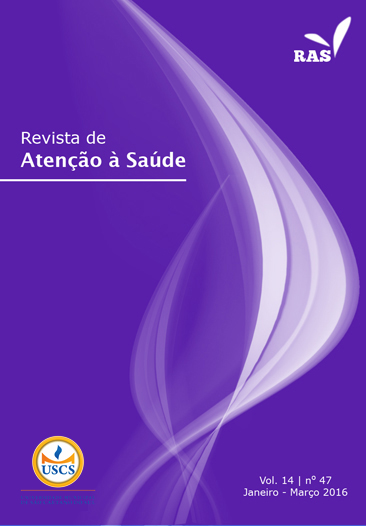Peripherally inserted central catheter: systematic review
DOI:
https://doi.org/10.13037/ras.vol14n47.3358Keywords:
Nursing, Intensive Care Units, Catheters, Obstruction of the catheterAbstract
Introduction: Peripherally Inserted Central Venous Catheter (PICC) is among the expanding technologicaland therapeutic advances in health. It presents the possibility of establishing intravenous therapyof prolonged duration, reducing the number of punctures and insertion at bedside by qualified nurses.Objective: To describe the predominant profile of patients using PICC, the main diagnoses and medicalspecialties that make use of the catheter, associated procedures, average duration of stay, and insertionsites. Method: Systematic review in the electronic databases of the Latin American and Caribbean HealthSciences Literature, Scientific Electronic Library Online, Database of Nursing, and through GoogleScholar search engine. Results and Conclusions: We identified a prevalence of premature, underweightmales less than 7 days old on the date of insertion of PICC. The main indications for the device wereadministering total parenteral nutrition, antibiotics, and medication. The complications were disruption,obstruction, infection, prematurity, and respiratory conditions. The average duration of stay with the catheterwas 11.3 days. Out of 19 studies, 16 were in neonatology. The most accessed veins were the basilicaand cephalic.Downloads
Downloads
Published
2016-02-16
Issue
Section
ARTIGOS DE REVISÃO
License
Policy Proposal for Journals offering Free Delayed Access
Authors who publish in this magazine agree to the following terms:
- Authors maintain the copyright and grant the journal the right to the first publication, with the work simultaneously licensed under a Creative Commons Attribution License after publication, allowing the sharing of the work with recognition of the authorship of the work and initial publication in this journal.
- Authors are authorized to assume additional contracts separately, for non-exclusive distribution of the version of the work published in this magazine (eg, publishing in institutional repository or as a book chapter), with the acknowledgment of the authorship and initial publication in this journal.
- Authors are allowed and encouraged to publish and distribute their work online (eg in institutional repositories or on their personal page) at any point before or during the editorial process, as this can generate productive changes, as well as increase impact and citation of the published work (See The Effect of Open Access).









